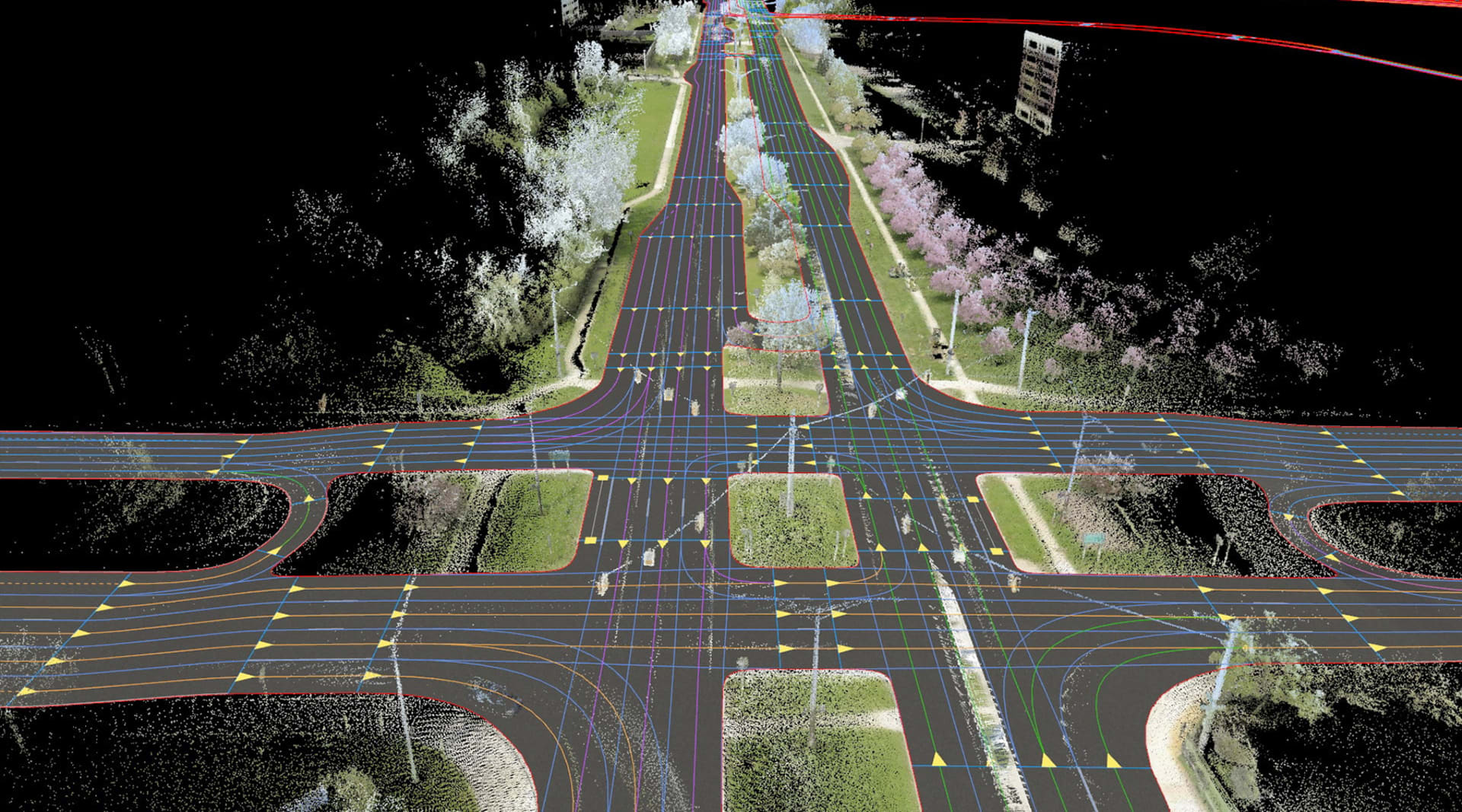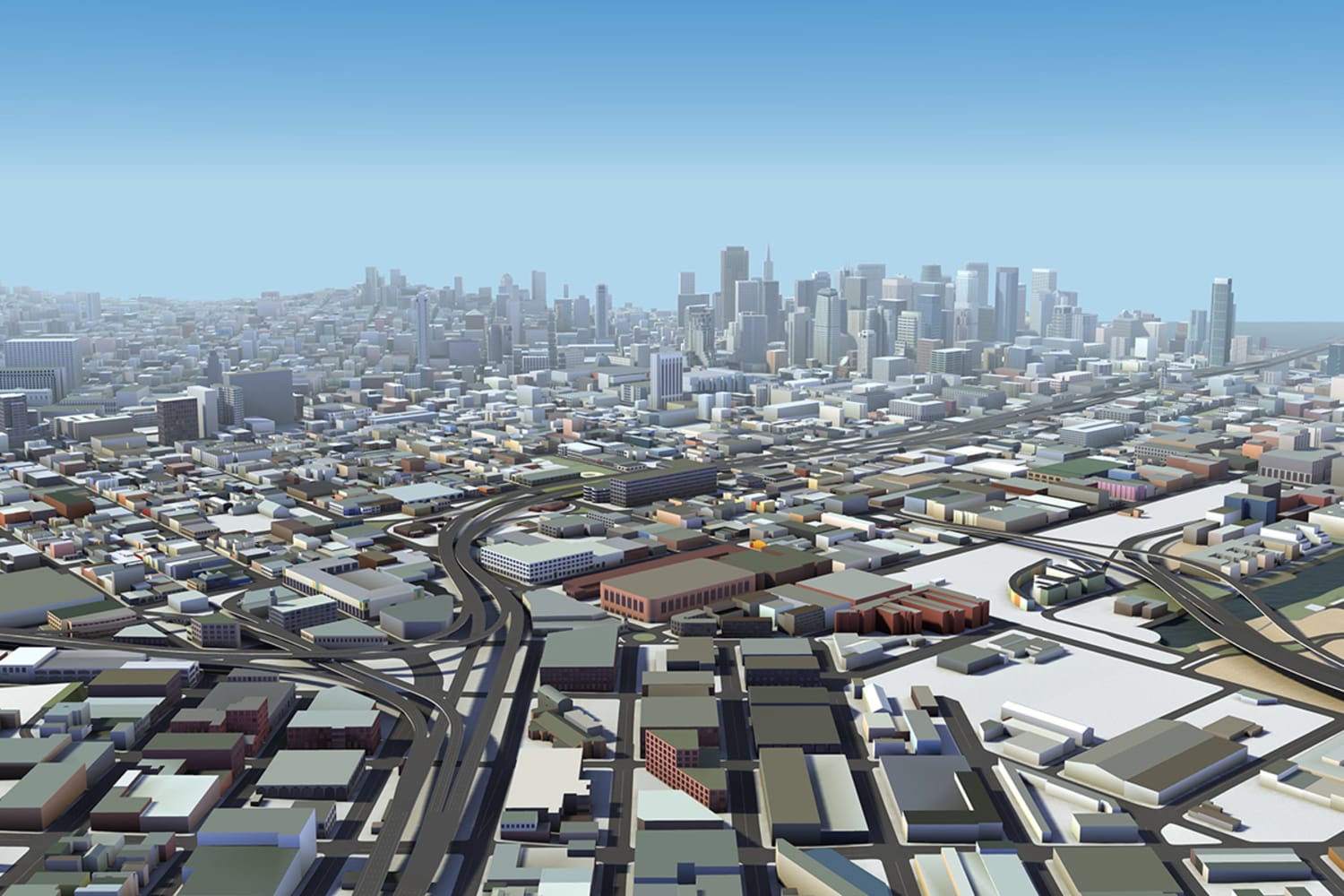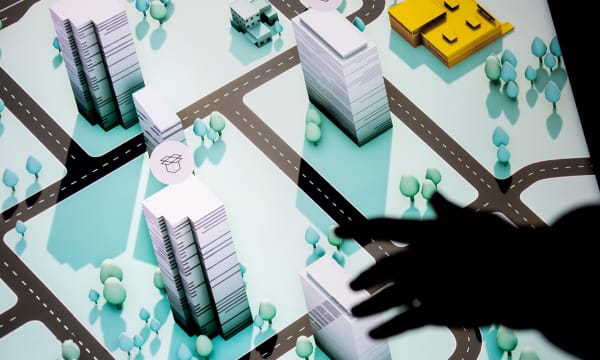Some of the world’s leading tech brands are devoting themselves to what may seem like a basic task: mapping the physical world. “When we look at the most valuable and/or impactful technology companies in the world, they are working on mapping, reading, and understanding the physical world through sensors and computer vision,” Ryan Mullins, CEO and founder of Aglet, tells VML Intelligence, pointing to tech giants such as Tesla, Instagram, Apple, and Snapchat.
Meta, Microsoft, Amazon Web Services (AWS), and Dutch mapping company TomTom joined forces in December 2022 to develop interoperable open map data. Called the Overture Maps Foundation, the partnership aims to power new map products through openly available datasets that can be used and reused across applications and businesses.



